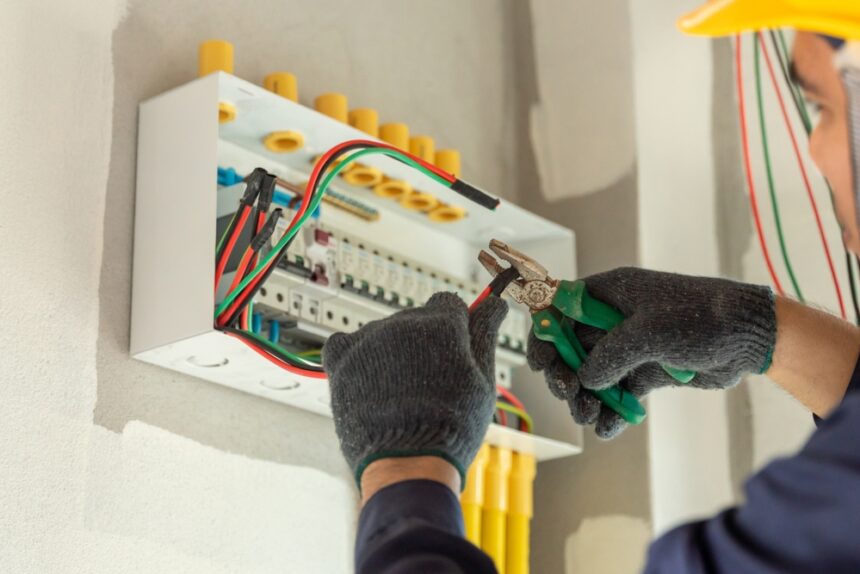Have you ever pondered over the numerous potential hazards faced by electricians on a regular basis? Ever wondered about the safety practices put in place to protect these professionals while they ensure our homes, offices, and industries are abuzz with electricity? Is there more that can be done to safeguard them? Certainly, those are questions requiring thoughtful responses. As we delve into this topic, we aim to shine a light on the paramount importance of safety in the electrical profession.
Electrical safety is never a one-off event. It is a practice ingrained in the profession to protect lives, property and guarantee efficiency. By meticulously following safety procedures, every electrician has a virtual armor protecting them at all times. Electrocution, shocks, fires, and even explosions are a few of the everyday risks that are kept at bay by these practices.
In this blog, we hope to create an in-depth narrative about the safety protocols every electrician ought to rely on. We aim to discuss what these practices entail, why they are crucial, and the potential downsides of their negligence. Perhaps most importantly, we want to drive home the understanding that safety isn’t an option or a checklist, it’s a lifestyle.
Key Safety Practices: What and why?
Let’s start by exploring some of the fundamental safety practices electricians adhere to and their importance.
In essence, safety practices in the electrical field revolve around training, use of the right tools, protective clothing, and adherence to safety codes. Training forms the basis of safety, where budding electricians are taught about potential hazards and how to avoid them. The use of proper tools and protective equipment, on the other hand, creates a physical barrier between the electrician and danger. Safety codes and regulations help establish a recognized standard to guide operations across the board.
The Impact of Training and Mentorship
Equipping electricians with theoretical knowledge about electricity and its hazards is imperative.
This phase of training builds a solid foundation for them to understand the risks and know how to mitigate them. It should be coupled with mentorship, where experienced electricians guide newcomers, reinforcing their knowledge with practical insights from years of experience.
The Role of Protective Gear
Electrical work has a piece of protective equipment designed for almost every part of the professional’s body.
From insulating gloves and boots to hard hats, eye protection and flame-resistant clothing, each item plays a role in shielding the electrician from potential harm.
Importance of Following Safety Codes
Initial training and protective gear are vital, but following safety codes puts everything into perspective.
Updated regularly to reflect changes in technology and practices, safety codes offer electricians a safety map that is both practical and universally applicable.
The Consequences of Ignorance
Ignoring safety principles doesn’t just pose a threat to the electrician, but can result in harmful consequences that extend beyond the individual.
The Future of Safety in Electrical Work
Staying up to date with advancements, adapting safety techniques, and stricter adherence to safety codes are a few keys to ensure safety in future electrical work.
Conclusion
As we turn off the lights on this discussion, the point is clear; prioritizing safety in electrical work is not just an option, it’s a mandate. Training, proper equipment, and adherence to safety codes are key. Ignoring these practices can be costly. As we look towards the future, improvements and innovations in safety should be top priorities. While there are indeed potential hazards electricians have to grapple with, following the established safety practices builds a protective shield, reducing risks and elevating the profession’s overall health and safety standard.
The safety of our electricians is a matter that requires our unwavering attention, because as long as we have electricity, we need our electricians safe and sound. Here’s to lighting up the world, safely.



